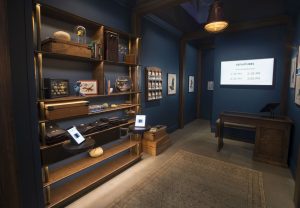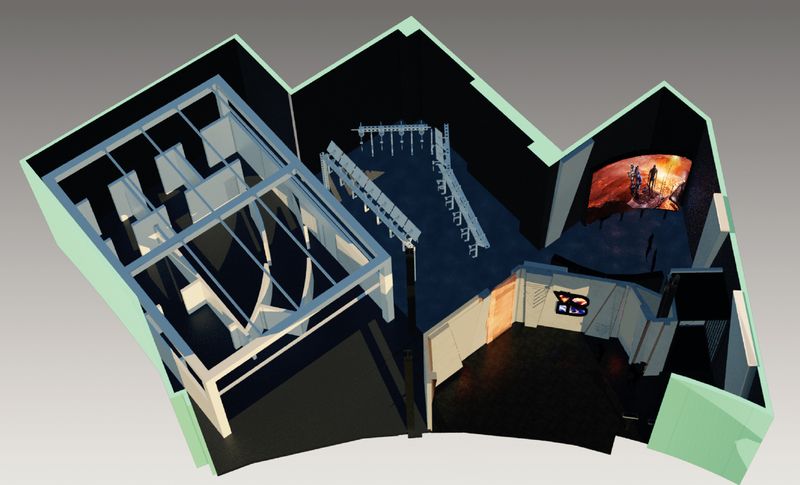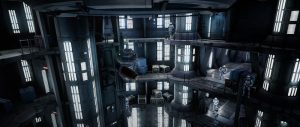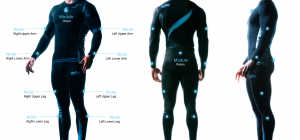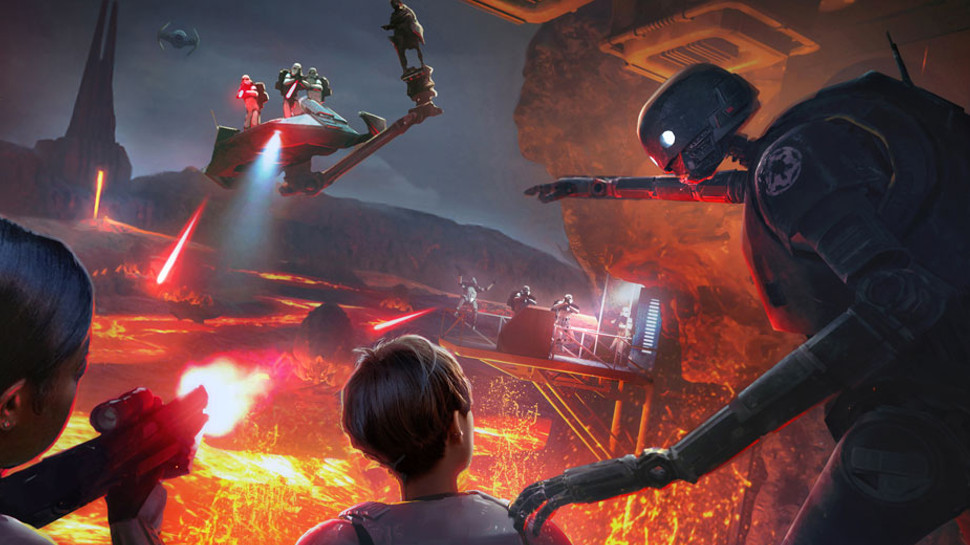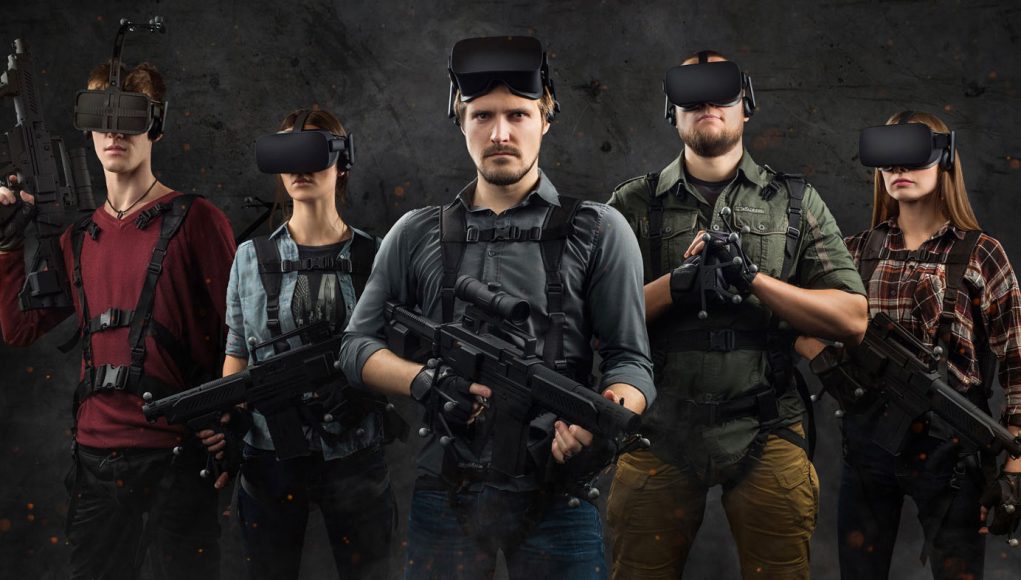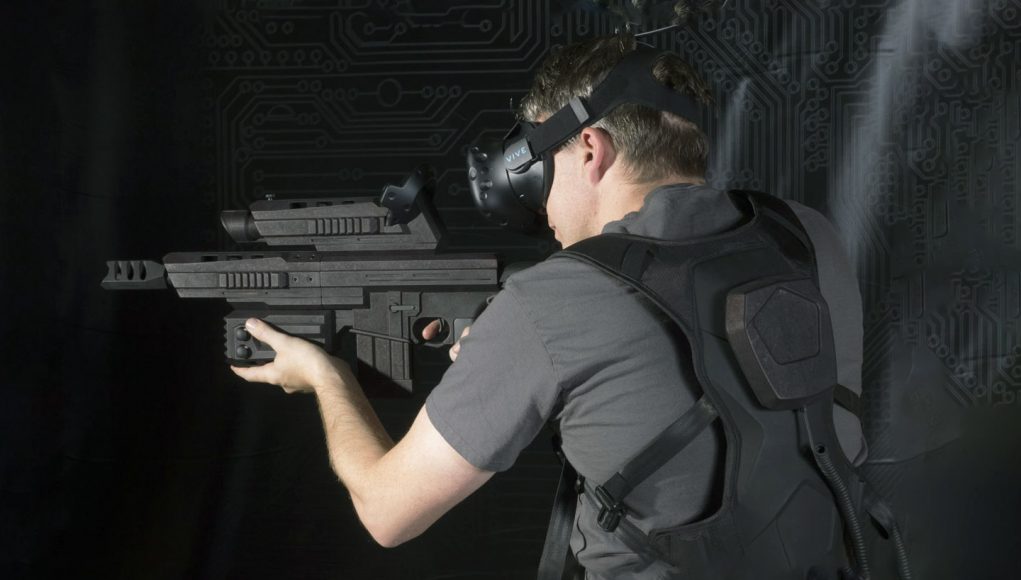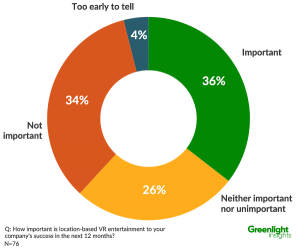I would be on the look out for more events such as this since I believe it will become more and more common. Location-based VR could be a $1 billion industry by the end of the year and grow to a $12 billion industry by 2023, according to projections from Greenlight Ventures.
Alien:Descent is the newest attraction to hit The Outlets at Orange, in Orange County California. Not much is known about the attraction other than a participant and three other friends will find themselves investigating the beleaguered Weyland-Yutani mining station. I don’t know what they will find there but I have a strong suspicion that this will be an Aliens theme re-skinning of the Zero Latency, zombie shoot-em up attraction.
Pure Imagination is the studio behind the attraction. I don’t know much about them other than being located in good old Van Nuys, where Rocketsled once had an office. The attraction claims to be wireless. This is OK. But there must be some kind of quality compromise for choosing to go this direction. Co-founder Joshua Wexler exclaims, “Even though it’s wireless, the company believes it’s achieved a visual quality as good as, or even better than the tethered VR experiences available today.” Whether or not this is true will yet to be seen. I personally am suspicious.
Participants will be wearing mocap markers on their hands and feet. I have no idea what system they are using, but they will need an external computer to handle the tracking calculations and then pump them to each of the individual displays. My suspicion is that the treatment given to avatars will be no better then Zero Latency or even The Void.
Good Luck Pure Imagination and Alien: Descent. We are all rooting for you to keep delivering quality experiences that can’t happen at home!


